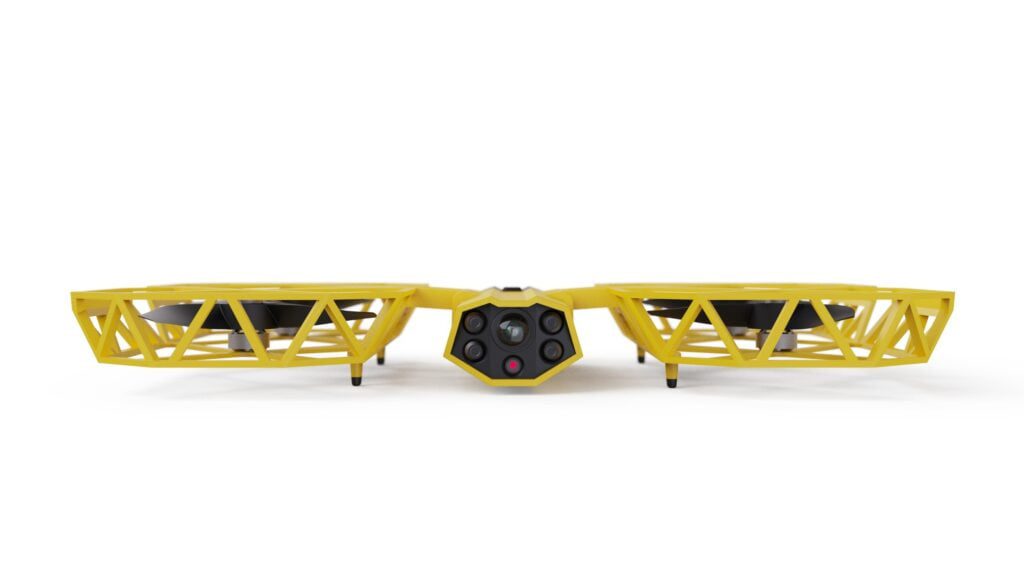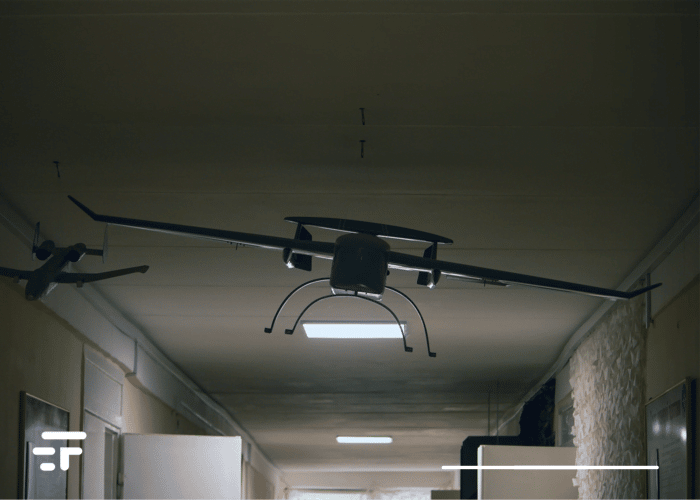As part of a long-term strategy to prevent mass shootings, Axon, a global leader in public safety technologies, announced today that it has formally begun development of a non-lethal, remote-controlled TASER drone system.
The target? Render an attacker harmless in less than 60 seconds.
“Today, the only viable response to a mass shooter is another person with a gun,” he says Rick Smith, CEO and founder of Axon. “After each of these events we remain stuck in sterile debates. New solutions are needed. This is why we decided to publicly engage communities and stakeholders and develop a system of remotely operated non-lethal drones. We believe it will be a more effective, immediate, humane and ethical option to protect innocent people from mass shootings.”
To do this, the company says, a roadmap must be drawn up that has the introduction of these non-lethal drones as its "culmination".

1 – Integrate cameras and other sensors into a real-time communications network with first responders.
Axon has recently entered into a partnership with Fusus, which allows schools and businesses to easily share security cameras with local police, or private security agencies. With this integration, a large sensor network will be created that can respond quickly to critical events such as mass shootings. A sort of "eye" open in real time that passes through public and private places.
“This network of cameras with human monitoring and AI,” Axon says, “can detect and identify a threat before a shot is fired and significantly improve response times and situational awareness.”
2 – Immersive VR training on shooting response to improve the effectiveness of first responders.
Axon recently launched Virtual Reality Simulator Training, a training program for public safety operators. More specific training on mass shootings will improve the response capacity of those who will have to deal with the situation within 12 months.
3 – The ability to use non-lethal remotely operated drones for the purpose of temporarily incapacitating assailants in mass shootings
The main dish of the strategy: small and light drones equipped with TASER weapons. Axon has already started working on pointing algorithms to assist operators to accurately use the device. All decisions on the use of force, the company assures, will be made by an authenticated and authorized human operator. An operator who agrees to take legal and moral responsibility for any action of force in situations such as mass shootings. The TASER drone concept will be available in 2023 with a complete solution ready in 2024.
A plague to face
In 2020, 3500 people died in fires in the US, and 45.000 from gunshot wounds. Now, while there are over 10 million fire hydrants, no gunfire mechanisms are in sight.
This is because, as a European I think, weapons should be banned altogether. An American thinks otherwise, though. And so, from countermeasure to countermeasure, the risk is to put weapons ("lethal" and "non-lethal") practically everywhere.
Smith's statements open yet another passage with no return, towards a future in which the security forces can strike from the sky and in a short time. To neutralize a threat, of course, but potentially also a protest, in the purest repressive style of the worst dystopias told in science fiction. A long-cherished dream (we had already given the alarm 7 years ago), which today under the pretext of stopping the shootings could have a smooth road.
I await developments, but I am really disheartened.


